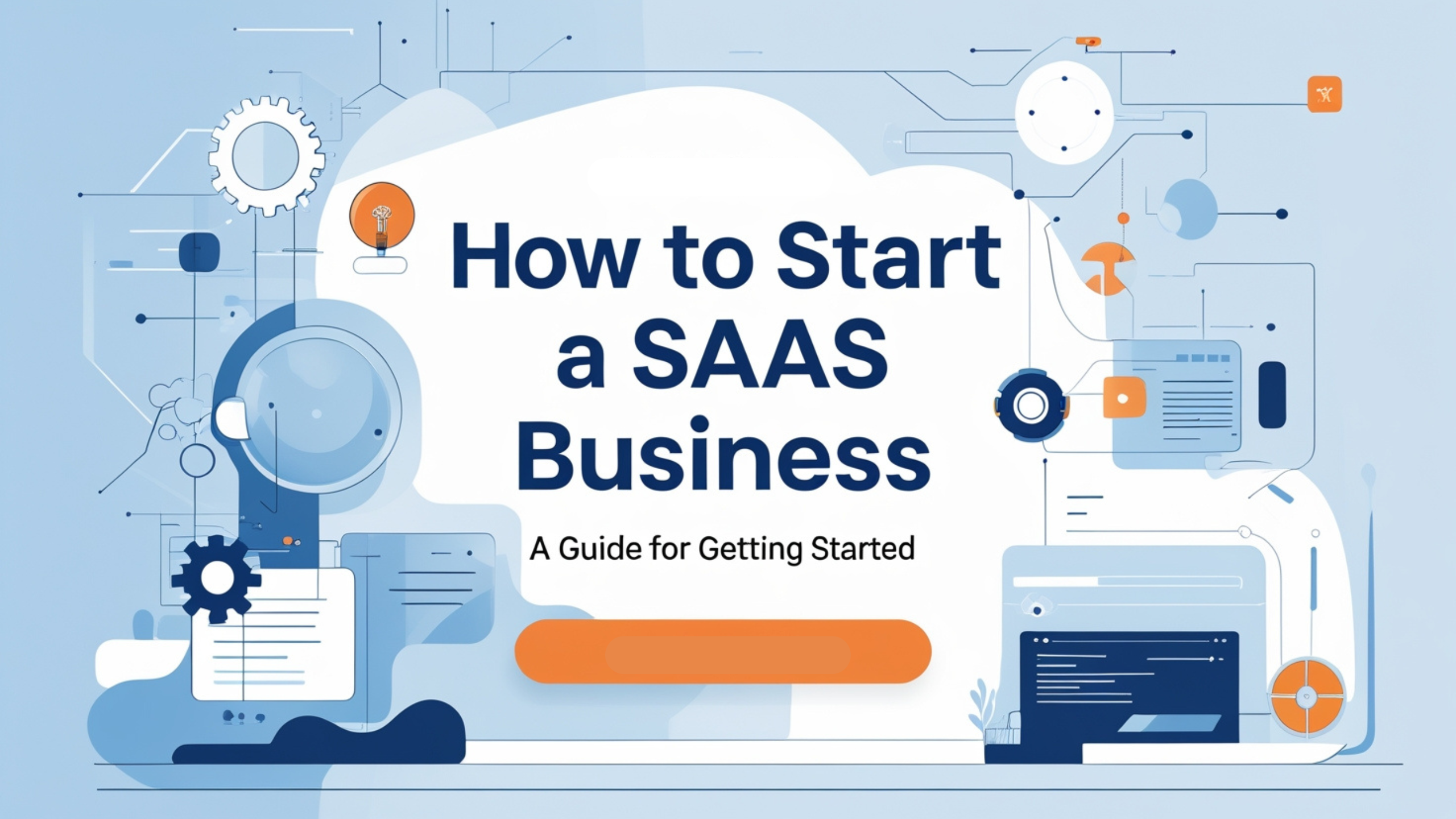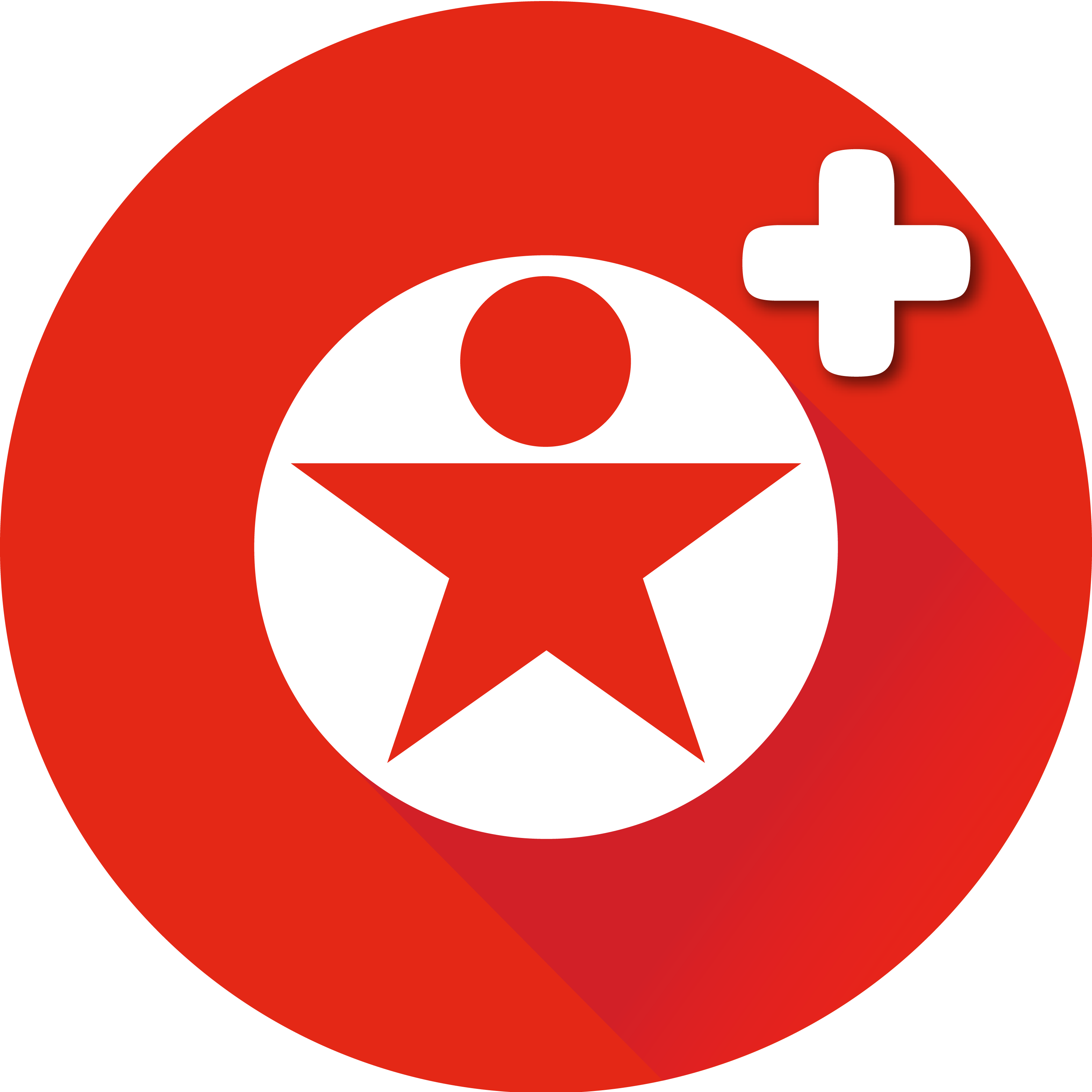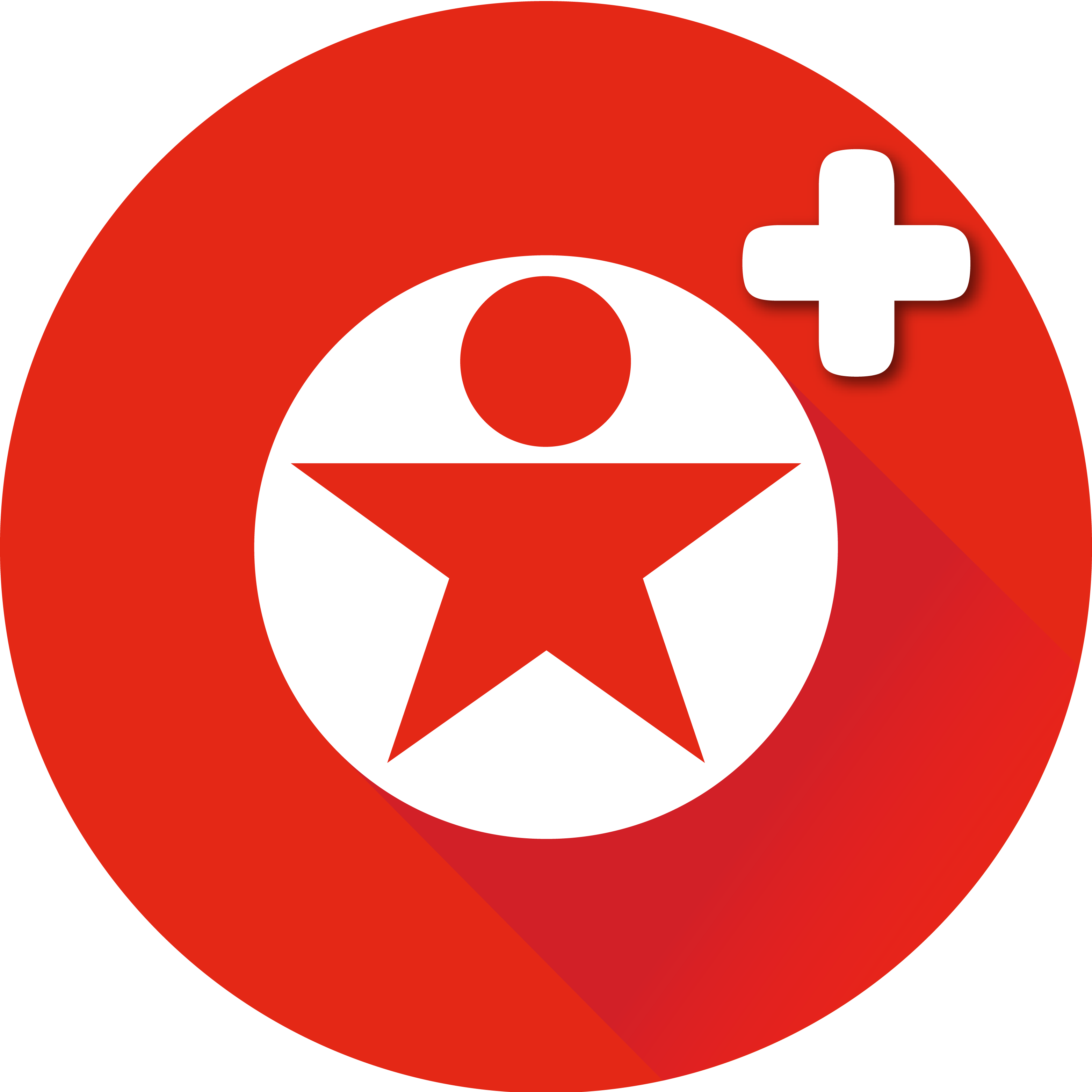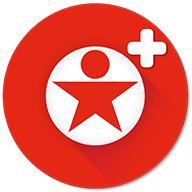How to Start a SaaS Business: A Guide for Getting Started

The Software-as-a-Service (SaaS) industry isn't just growing; it's sprinting like it's late for a flight. Businesses everywhere are ditching the old-school, clunky software models and embracing SaaS like it's the best thing since Wi-Fi. From sleek project management tools that make teamwork bearable to customer relationship management platforms that keep clients from slipping through the cracks, SaaS solutions are driving digital transformation like never before. And thanks to the magic of cloud delivery, companies no longer must blow their budgets on heavy infrastructure or spend weekends worrying about software updates. Honestly, who even misses that?
But let's not kid ourselves—turning a SaaS idea into a profitable empire isn't as simple as saying, “I'll just build an app and watch the money roll in.” It takes strategy, serious market validation, and yes, flawless execution. You need to focus on solving real customer pain points, picking the right technology stack, creating a user experience people won't rage quit, and building a go-to-market strategy sharper than your competitors. This is where custom software development plays hero—helping you design, build, and scale a product that stands out. This guide takes you through every step of launching a SaaS business, revealing what it really takes to go from idea to industry player—minus the tech meltdowns.
What Exactly Is a SaaS Business Model and Why Is It Popular?
SaaS, or Software-as-a-Service, refers to software applications delivered over the internet, eliminating the need for physical installation or infrastructure. Users can access these applications via a web browser or mobile app, usually through a subscription-based pricing model.
But why is this model so popular?
- Cost Efficiency: Businesses avoid large upfront costs associated with purchasing and maintaining software.
- Scalability: SaaS products can scale up easily as businesses grow, supporting more users and features without extra infrastructure investment.
- Accessibility: With cloud hosting, users can access the software from anywhere, enabling remote work and global accessibility.
- Continuous Updates: Unlike traditional software, SaaS applications are updated regularly, ensuring users always have access to the latest features and security upgrades.
This business model creates recurring revenue, offering long-term profitability if executed well.
How Do You Validate Your SaaS Idea?
Many entrepreneurs dive headfirst into development without checking if there's an actual need for their solution. This often leads to wasted resources and failed ventures. To validate your SaaS idea:
- Conduct Market Research: Study your target audience, competitors, and the industry's pain points. What problem is your SaaS solving? Is the market ready to pay for it?
- Build a Minimum Viable Product (MVP): Instead of a full-featured product, develop a basic version showcasing your unique value proposition. Use it to gather user feedback.
- Analyze Feedback & Iterate: Test your MVP with real users, gather feedback, and make improvements based on real-world use cases.
How Do You Choose the Right Technology Stack?
Your SaaS solution's success depends largely on the technology stack you choose. Scalability, speed, and security should be top priorities. The most common choices for SaaS development include:
- Frontend Development: Technologies like React, Angular, or Vue.js for user-friendly and responsive interfaces.
- Backend Development: Node.js, Python, Ruby on Rails, or Java for robust performance.
- Database: SQL (PostgreSQL, MySQL) or NoSQL (MongoDB) databases based on your app's requirements.
- Cloud Hosting: AWS, Google Cloud, or Microsoft Azure for high availability and security.
If you lack technical expertise, hiring a custom software development company can help you build the right infrastructure from the start.
How Do You Ensure a Seamless User Experience (UX)?
User experience is crucial in SaaS. Even the most powerful features won't retain customers if your interface is confusing or slow. To improve UX:
- Simplify Onboarding: Make it easy for users to start using your app immediately.
- Intuitive Design: Ensure menus, buttons, and navigation paths are clear and logical.
- Mobile Responsiveness: With increasing mobile usage, a responsive web app or custom mobile app is a necessity.
- Continuous Feedback Loops: Use analytics and user feedback to improve features and usability continuously.
Partnering with experts offering custom mobile app development services or custom web app development ensures your platform is designed with users in mind.
How Do You Monetize Your SaaS Business?
Your monetization strategy determines your revenue growth. Some common pricing models include:
- Freemium Model: Offer basic features for free, with premium features available in paid plans.
- Subscription Plans: Fixed recurring charges based on user count, features, or usage.
- Pay-As-You-Go: Pricing based on usage metrics like bandwidth or storage.
It's critical to choose a pricing structure that reflects the value you provide while staying competitive in the market.
How Do You Market Your SaaS Product?
Even the best SaaS product can fail without the right marketing approach. Key strategies include:
- Content Marketing: Build authority through blogs, guides, and case studies.
- Search Engine Optimization (SEO): Optimize your website and product pages for keywords like custom software development and software solutions to attract organic traffic.
- Paid Advertising: Use Google Ads or LinkedIn campaigns to target businesses looking for software solutions.
- Social Media Marketing: Engage your audience, share valuable content, and build a community.
- Referral Programs: Encourage existing customers to refer your product to others.
How Can CodeRower Help You Build and Scale Your SaaS Business?
Launching a SaaS business requires technical expertise, design thinking, and the right technology partners. CodeRower is a leading custom software development company specializing in building powerful, scalable SaaS applications.
Here's how CodeRower can support your SaaS journey:
- Custom Application Development Services: From ideation to deployment, CodeRower provides end-to-end solutions tailored to your business needs.
- Custom Mobile App Development Services: With expertise in developing user-friendly mobile apps, CodeRower ensures your SaaS product reaches customers on every device.
- Bespoke Software Development Services: Every business is unique, and so is its software. CodeRower focuses on creating customized solutions that align with your long-term vision.
- Custom Web App Development: Delivering seamless web-based platforms that offer exceptional performance and user experience.
- Agile Development Practices: With agile methodologies, CodeRower ensures faster delivery, flexibility, and continuous improvement.
By leveraging CodeRower's technical expertise and proven track record, you can focus on scaling your business while ensuring that your SaaS solution is reliable, secure, and future-ready.
How Do You Ensure Security and Compliance in Your SaaS Platform?
With growing cyber threats, security and compliance are non-negotiable. Failing to protect user data can damage your brand and result in legal complications. Consider these security best practices:
- Data Encryption: Ensure all user data is encrypted both at rest and in transit.
- Regular Security Audits: Perform regular testing and vulnerability assessments.
- Compliance with Standards: Follow GDPR, HIPAA, or industry-specific regulations relevant to your SaaS.
- Two-Factor Authentication (2FA): Add an extra layer of security for user logins.
Collaborating with an experienced IT software development company ensures compliance with global security standards.
How Can You Scale Your SaaS Business?
Scaling involves both infrastructure and customer acquisition.
- Infrastructure Scaling: Use cloud services that can handle growing traffic and users without downtime.
- Feature Expansion: Introduce advanced features based on customer needs and feedback.
- International Market Reach: Localize your product to cater to global markets.
- Partnerships & Integrations: Collaborate with other platforms to provide added value for your users.
Having a reliable custom software development agency ensures your system architecture is scalable from day one.
What Are the Common Mistakes to Avoid When Starting a SaaS Business?
- Skipping Market Research: Building a product without understanding the target market is a common reason for failure.
- Overcomplicating the Product: Adding unnecessary features can confuse users and slow down development.
- Ignoring Marketing: Without proper marketing, even a great product won't gain traction.
- Neglecting Customer Support: SaaS success depends on customer retention, which requires excellent support and continuous engagement.
Final Thoughts: Is Now the Right Time to Start Your SaaS Business?
The SaaS industry offers endless opportunities for entrepreneurs. With remote work, digital transformation, and cloud adoption growing worldwide, the demand for SaaS solutions continues to rise. Starting a SaaS business today could position you at the forefront of technological innovation and business growth.
However, success depends on thorough planning, validation, seamless technology, and strategic execution. Whether you are building a niche SaaS application or targeting a global audience, partnering with experts like CodeRower can give your business the edge it needs to thrive in this competitive market.
By focusing on user experience, scalability, and security while adopting the right monetization strategy, your SaaS business can grow into a sustainable and profitable venture.
FAQs
- How much does it cost to start a SaaS business?
The cost depends on factors like product complexity, technology stack, team size, and marketing efforts. It can range from $50,000 to $200,000 for initial development and launch. - Do I need coding skills to launch a SaaS product?
Not necessarily. You can partner with a custom software development company like CodeRower to handle design, development, and maintenance while you focus on business strategy and growth. - How long does it take to develop a SaaS product?
On average, building a Minimum Viable Product (MVP) can take 3–6 months, while a full-featured SaaS solution may take 9–12 months, depending on complexity. - Which is better: building SaaS in-house or outsourcing development?
Outsourcing to an experienced custom application development company is often faster and cost-efficient compared to hiring and managing an internal team, especially for startups. - How do I attract customers to my SaaS product after launch?
Use SEO, content marketing, social media campaigns, and paid advertising to drive traffic and generate leads. Offering free trials and referral programs also help boost early adoption.
- Art
- Causes
- Best Offers
- Crafts
- Dance
- Drinks
- Film
- Fitness
- Food
- Games
- Festival
- Gardening
- Health
- Home
- Literature
- Music
- Networking
- Other
- Party
- Religion
- Shopping
- Sports
- Theater
- Wellness



